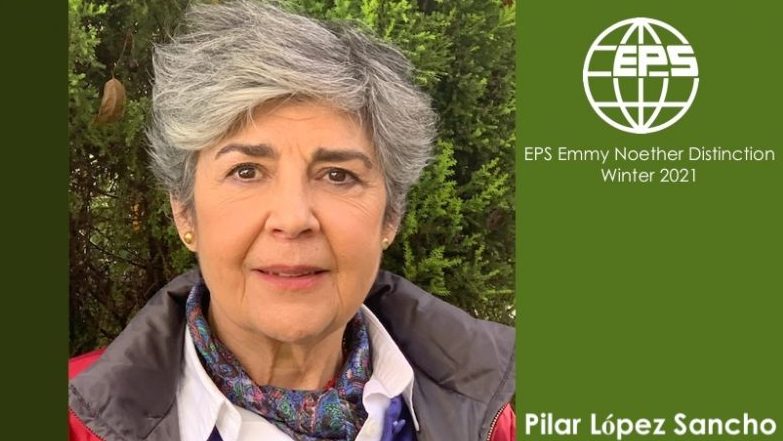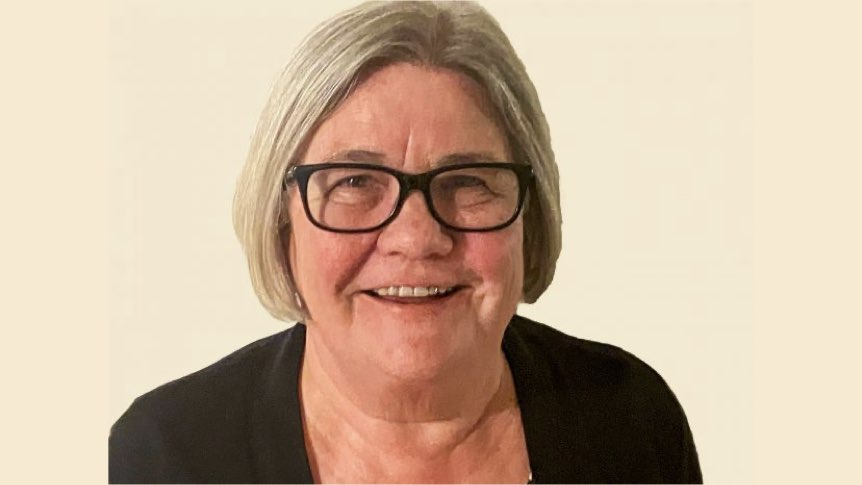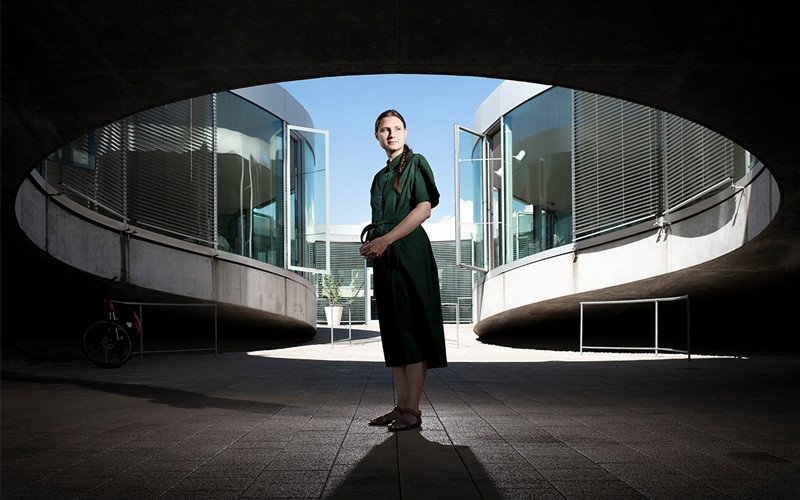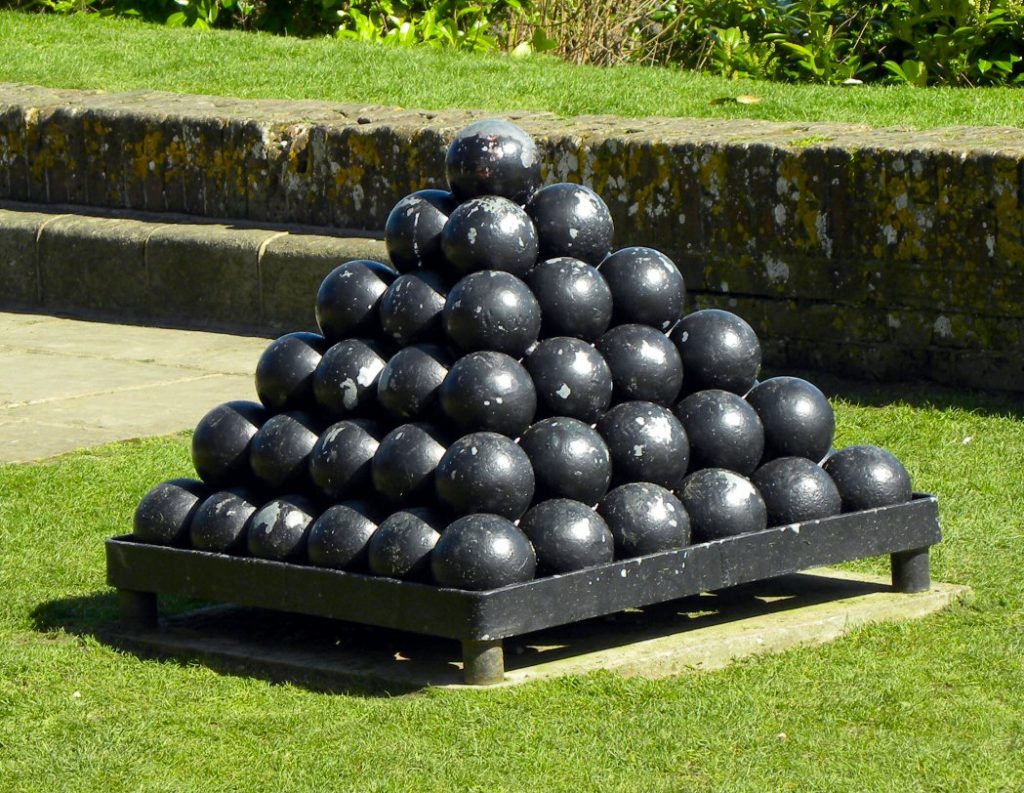- The European Physical Society has awarded the Winter 2021 EPS Emmy Noether Distinction for Women in Physics to María Pilar López Sancho, Research Professor at the Instituto de Ciencias de Materiales de Madrid (ICMM):
“For her contributions to the understanding of the electronic structure of low-dimensional materials and in recognition of her continuous, tireless and successful actions for the empowerment of women in physics.”
Pilar López Sancho works in the Department of Theoretical Condensed Matter Physics at ICMM. She obtained her PhD from the Universidad Complutense de Madrid in 1979, and went on to work for CSIC at what is today the ICMM, where she remained till today. A theoretical physicist working in the field of condensed matter systems, Pilar made her first important contributions by developing a new and fast method for the calculation of bulk- and surface electronic Green’s functions and transfer matrices. It is a remarkable feat that this work remains of high actual value, being used by many groups around the world, and enjoying higher citations today than ever before, placing Pilar’s publications solidly in the “evergreen” class, and demonstrating Pilar’s insight and acuity for choosing relevant problems.
Pilar López Sancho went on to work to apply her methods to metallic interfaces and dilute magnetic semiconductors. However, her most significant contributions are on the electronic structure and transport properties of low-dimensional carbon systems. Pilar thus performed groundbreaking work on the effect of the Coulomb- and spin-orbit interaction on electronic localisation and spin-dependent transport in carbon nanotubes. Highly noticed and much-cited more recent work by Pilar concerned the induction of localised states and magnetism by different types of topological defects in graphene, and the effects of the spin-orbit interaction on electronic transport in single-layer and multilayer transition metal dichalcogenides.
Alongside this very successful scientific career, María Pilar López Sancho has pursued what can be called an impressive “second career” as a never-tiring advocate for women in physics. Starting from the mid nineteen-nineties, Pilar has been continuously active for the defence of women in physics, at all levels. In 2001, she is the co-founder of the Association of Women in Research and Technology AMIT, of which she becomes the President from 2009 to 2013. AMIT, a member organisation of the European Platform of Women Scientists, has grown to be a powerful association of women in all scientific disciplines and at all stages of their careers, and has more than 1000 members. Pilar is also the founder of the Women in Physics Group of the RSEF (GEMF) and was its Chair from 2002-2018.
In her institution, the CSIC, Pilar was at the origin of and lent priceless support to the creation of the CSIC Gender Equality Distinction. She has been delegate president of the Women and Science Commission of CSIC, the first institutional commission of this type created in Spain. Pilar has taken responsibilities in the Commission for Equality – launched to implement the plan of the General Spanish State Administration.
Pilar López Sancho performed large-scale research on position of women in science, published more than 30 articles, books, and conference papers on the topic, and presented dozens of lectures. As a recognised international expert on the matter, she has served on the Evaluation Committee for projects and grants financed by the European Commission in the programs “Monitoring Progress Towards Gender Equality (FP6)” (2005-2007) and “Meta-Analysis of Gender and Science Research” (FP7) (2008-2010). During the period 2015-2017, she was the Spanish Deputy in the Helsinki Group for Research and Innovation.
Source: European Physical Society
More information:
- Winter 2021 EPS Emmy Noether Distinction – Award Ceremony
- ICMM’s Pilar López-Sancho, awarded with Winter 2021 EPS Emmy Noether Distinction for Women in Physics – ICMM News
- Pilar López-Sancho – perfil en AMIT
- La investigadora del CSIC Pilar López-Sancho gana la distinción Winter 2021 EPS Emmy Noether para mujeres en Físicas – CSIC News
- Pilar López Sancho : “Al principio pensé que el problema de las mujeres en ciencia se arreglaba en dos años” – EL PAÍS




